For an average bowling club, this seasonal "renovation pack" can easily run to £2,000 or more. Fungicides, insecticides, sand, fertiliser, labour, equipment hire, it all adds up. Yet few stop to ask: Is this spend necessary, or is it just habitual?
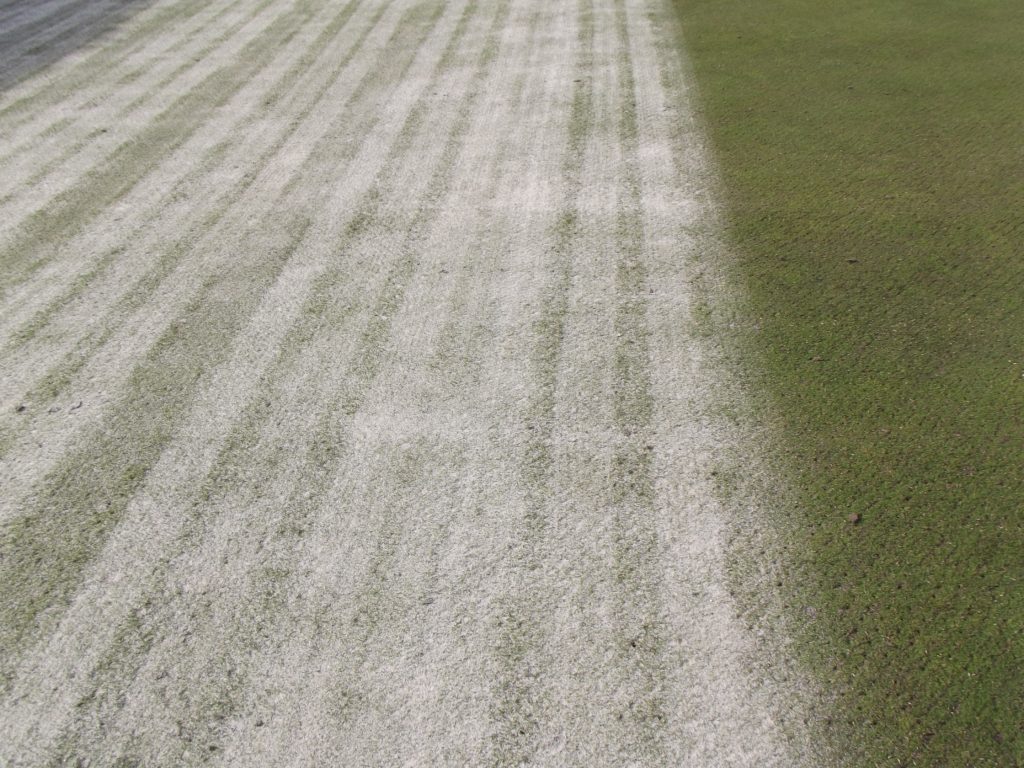

For an average bowling club, this seasonal "renovation pack" can easily run to £2,000 or more. Fungicides, insecticides, sand, fertiliser, labour, equipment hire, it all adds up. Yet few stop to ask: Is this spend necessary, or is it just habitual?
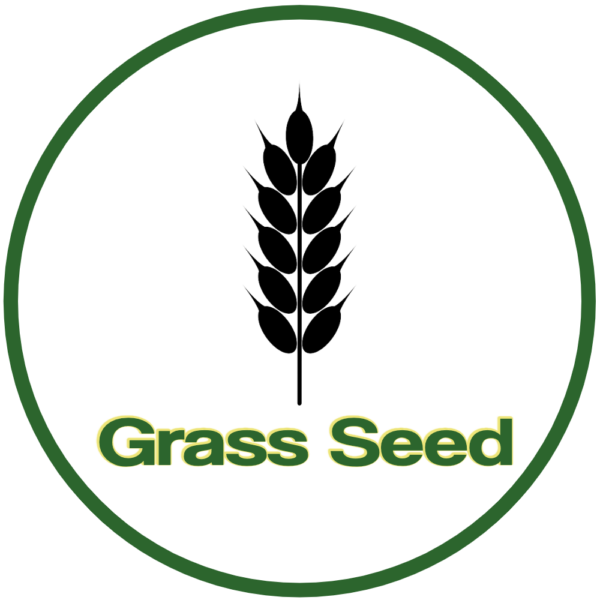
I am frequently asked about the difference between our 80/20, 60/40 and 40/60 Premium Fescue/Bent Grass Seed Mixes. On the surface, it might just look like a simple percentage change, but there’s quite a lot going on behind those numbers that can affect both the long-term performance of your green and the cost of the mix.
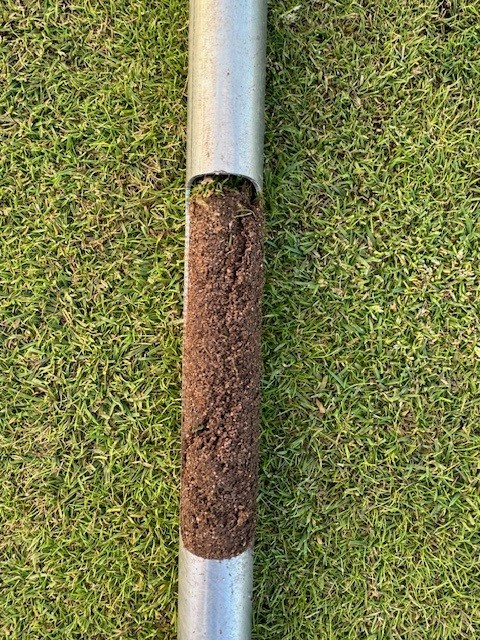
Most clubs don’t need a miracle. They need a method.
Over the last few months I’ve been asked the same question again and again: “Where do we even start to fix this green?” So I’ve mapped out a simple, evidence led, three-step process that any club, on any budget, can follow to get back to a smooth, true, resilient surface.
Step 1 — Stand back and look properly.
Before you reach for a machine or a bag of anything, take stock. Walk the green. View it from height if you can. Note the bare patches, bumpy runs, wet/dry areas, moss and weeds. This first pass is about seeing the whole system, not chasing single symptoms. bowls-central.co.uk
Step 2 — Define the problems precisely.
Now get specific. Map the issues, measure them, and separate what’s cosmetic from what’s structural. Is it thatch or compaction? Drainage problem or hydrophobicity? Shade or nutrition? An accurate diagnosis stops you wasting money on “fixes” that don’t fix anything. bowls-central.co.uk
Step 3 — Gather hard evidence below the surface.
Take cores, photograph the soil profile, and check thatch depth, layering, rooting, smell (anaerobic?), and moisture…or lack of it. This tells you why the surface behaves as it does, and it informs a plan you can trust for the next 12 months. bowls-central.co.uk
That’s it!, observe, define, evidence. From there, the work becomes calmer, cheaper, and vastly more effective. You’ll know what to do, when to do it, and, crucially, what not to do.
Start with the walk-through and checklist in Fix Your Bowling Green: Step 1. It lays out exactly what to look for and how to capture it so the next steps are obvious. bowls-central.co.uk
If you’d like a second pair of eyes on your notes, photos and cores, you can always drop me a line, I’m happy to help you turn your findings into a simple, season-long plan.
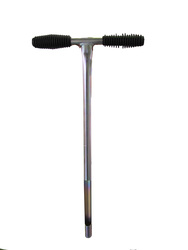
Review your Bowls Central Soil Analysis Service experience and you could win a Soil Sampler
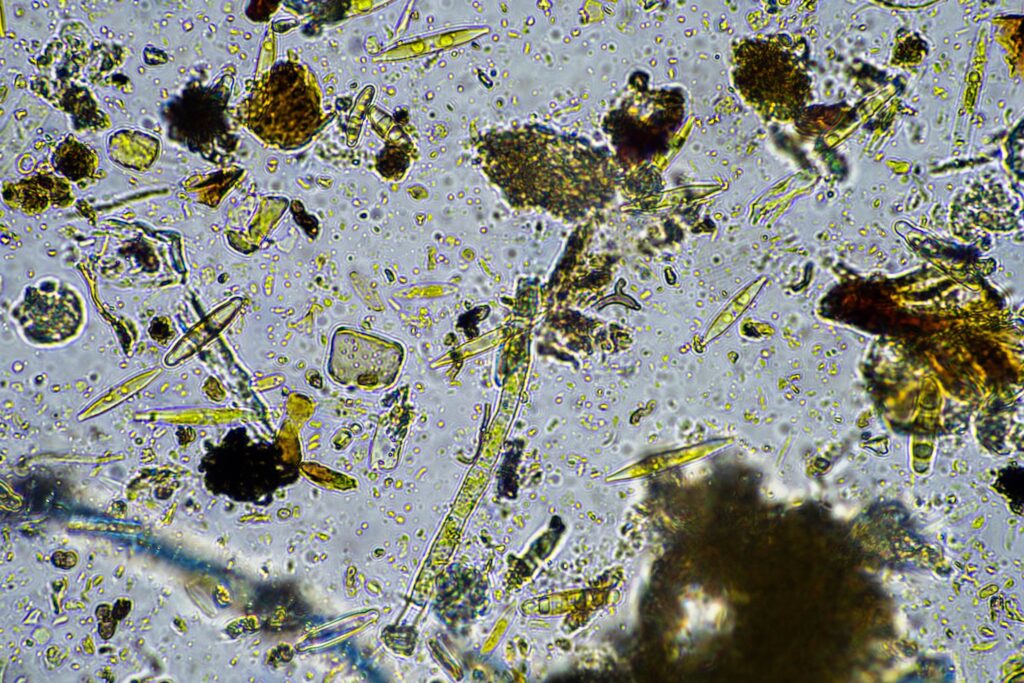
In many modern bowling green rootzones—especially those high in sand and low in organic matter—these vital organisms are either missing or severely suppressed. Without a thriving microbial community, thatch accumulates rapidly, leading to a lifeless, compacted surface that invites disease and drainage issues.